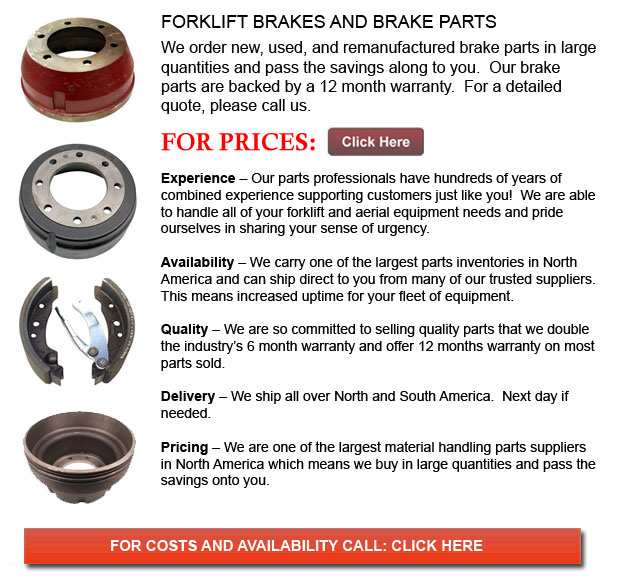
Brake for Forklift - A brake drum is where the friction is supplied by the brake shoes or brake pads. The pads or shoes press up against the rotating brake drum. There are a few various brake drums kinds along with certain specific differences. A "break drum" will normally refer to if either shoes or pads press onto the interior exterior of the drum. A "clasp brake" is the term utilized in order to describe when shoes press next to the outside of the drum. One more type of brake, referred to as a "band brake" utilizes a flexible band or belt to wrap all-around the outside of the drum. Where the drum is pinched in between two shoes, it can be referred to as a "pinch brake drum." Like a conventional disc brake, these kinds of brakes are quite uncommon.
Previous to 1955, early brake drums needed constant adjustment periodically so as to compensate for drum and shoe wear. "Low pedal" or long brake pedal travel is the hazardous outcome if adjustments are not done satisfactorily. The vehicle could become dangerous and the brakes could become useless if low pedal is mixed with brake fade.
There are different Self Adjusting Brake Systems existing, and they could be categorized within two main kinds, RAI and RAD. RAI systems have built in equipments which prevent the systems to be able to recover if the brake is overheating. The most popular RAI manufacturers are Lucas, Bosch, AP and Bendix. The most famous RAD systems consist of Ford recovery systems, Volkswagen, VAG, AP and Bendix.
The self adjusting brake will typically just engage if the forklift is reversing into a stop. This method of stopping is acceptable for use whereby all wheels utilize brake drums. Disc brakes are used on the front wheels of motor vehicles today. By working only in reverse it is less probable that the brakes would be adjusted while hot and the brake drums are expanded. If tweaked while hot, "dragging brakes" could occur, which raises fuel consumption and accelerates wear. A ratchet tool which becomes engaged as the hand brake is set is one more way the self repositioning brakes could work. This means is just suitable in applications where rear brake drums are utilized. If the emergency or parking brake actuator lever goes beyond a particular amount of travel, the ratchet improvements an adjuster screw and the brake shoes move toward the drum.
There is a manual adjustment knob placed at the base of the drum. It is typically adjusted through a hole on the opposite side of the wheel and this requires getting under the vehicle utilizing a flathead screwdriver. It is of utmost importance to move the click wheel properly and modify every wheel equally. If unequal adjustment happens, the vehicle could pull to one side during heavy braking. The most effective method to be able to make certain this tiresome task is accomplished carefully is to either raise each wheel off the ground and hand spin it while measuring how much force it takes and feeling if the shoes are dragging, or give everyeach and every one the same amount of manual clicks and then do a road test.
![]() Click to Download the pdf
Click to Download the pdf
Forklift Parts
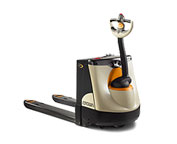
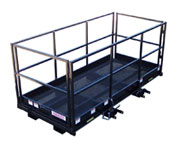
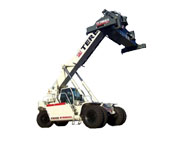
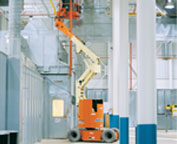
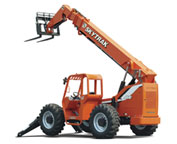
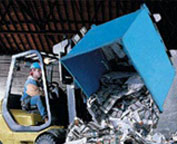
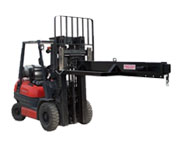
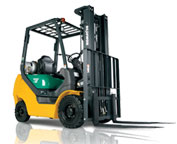
Lift Parts Express
TOLL FREE: 1-888-695-7994
LOCAL: 661-471-2086
2010 WEST AVENUE K 617
Lancaster, California
forkliftpartslancaster.com
Email Us
About Us


